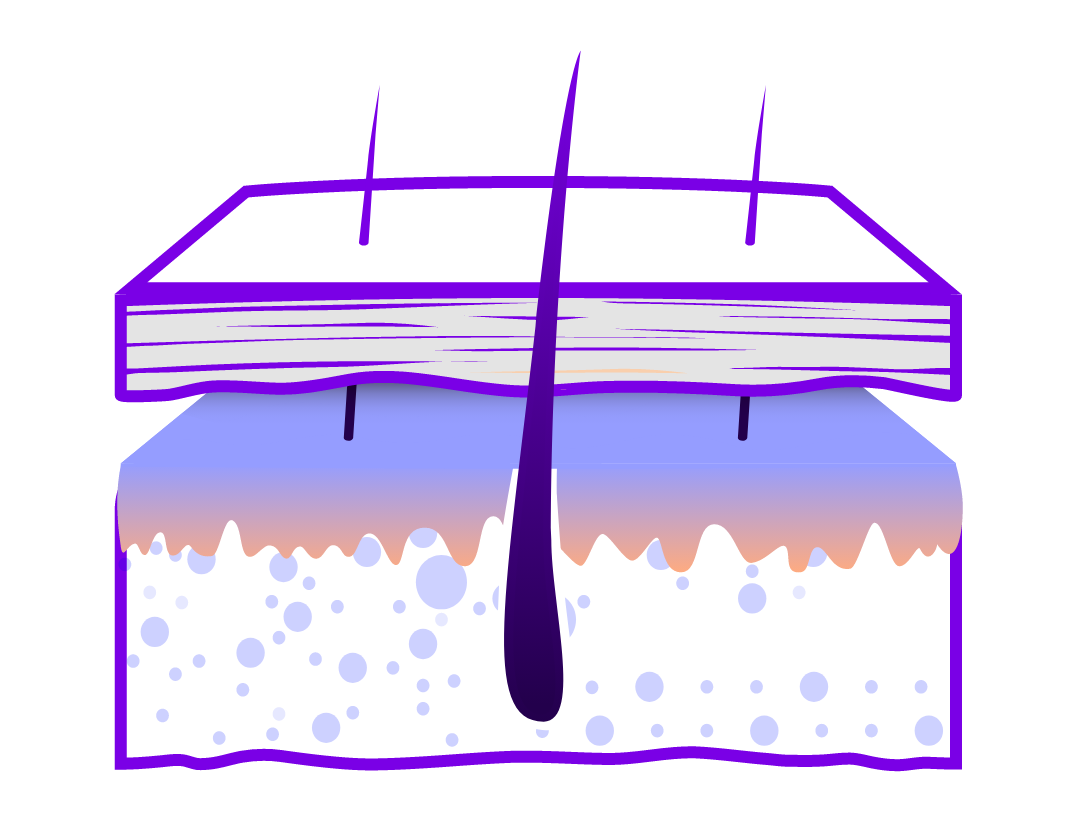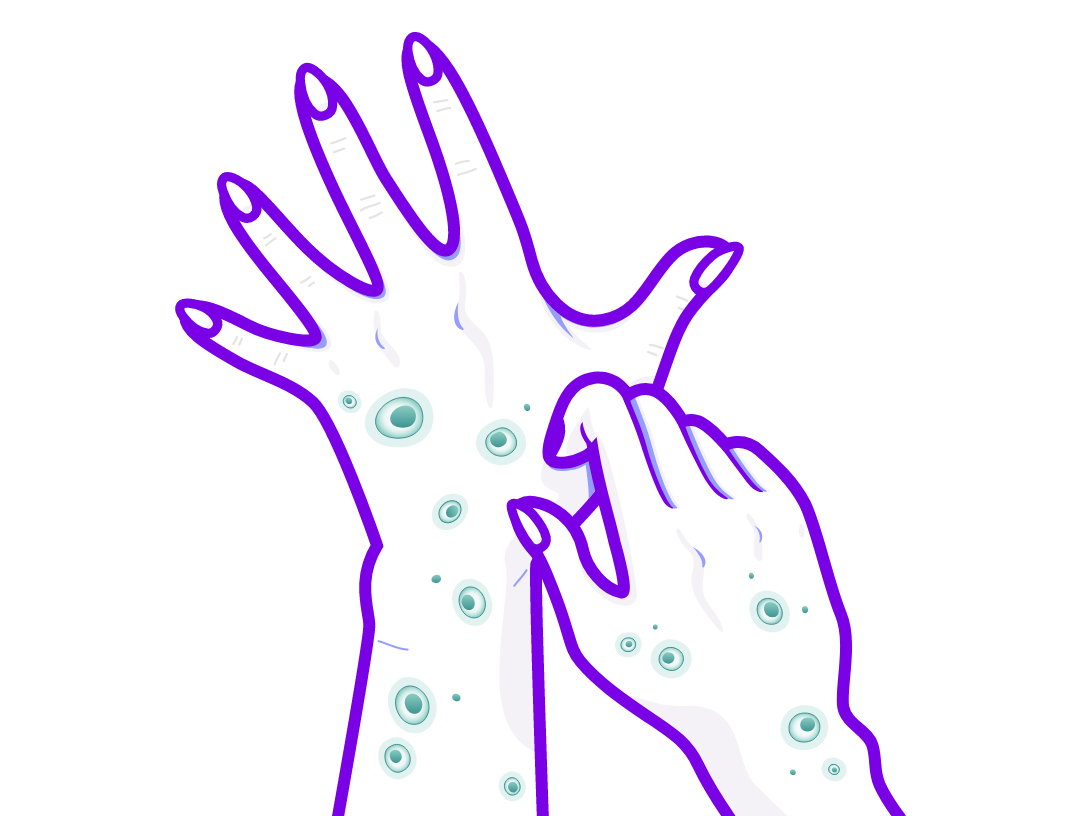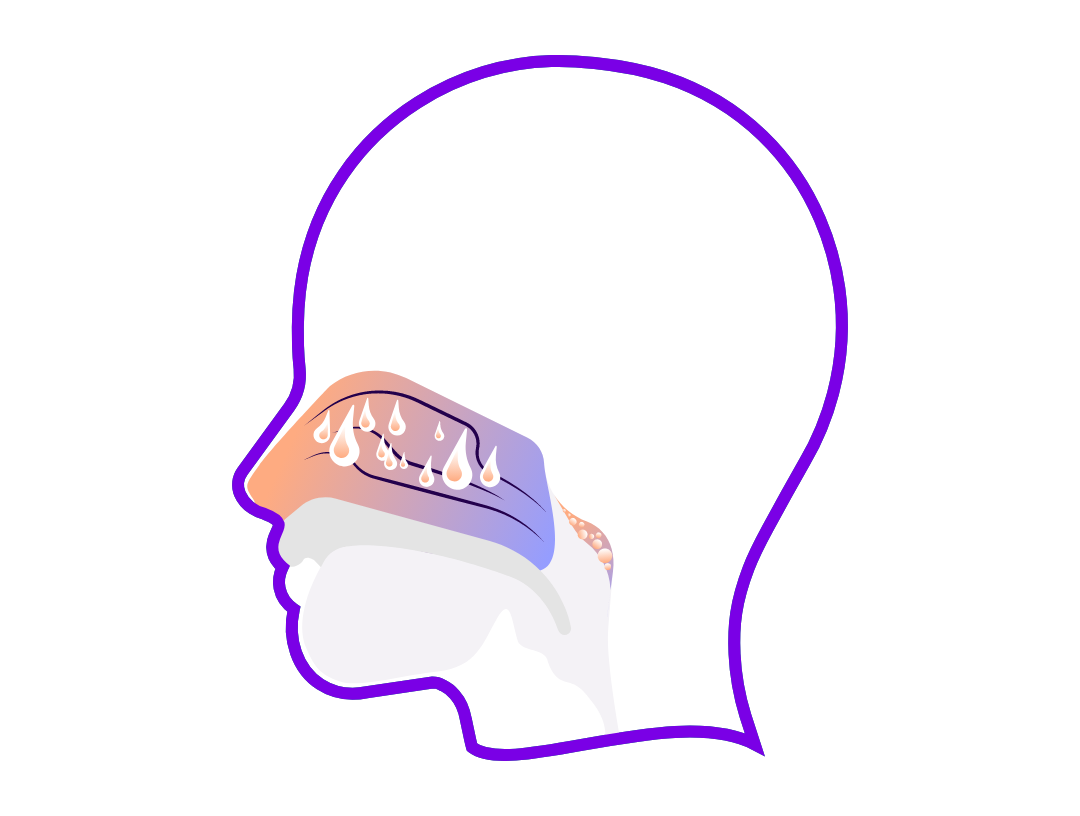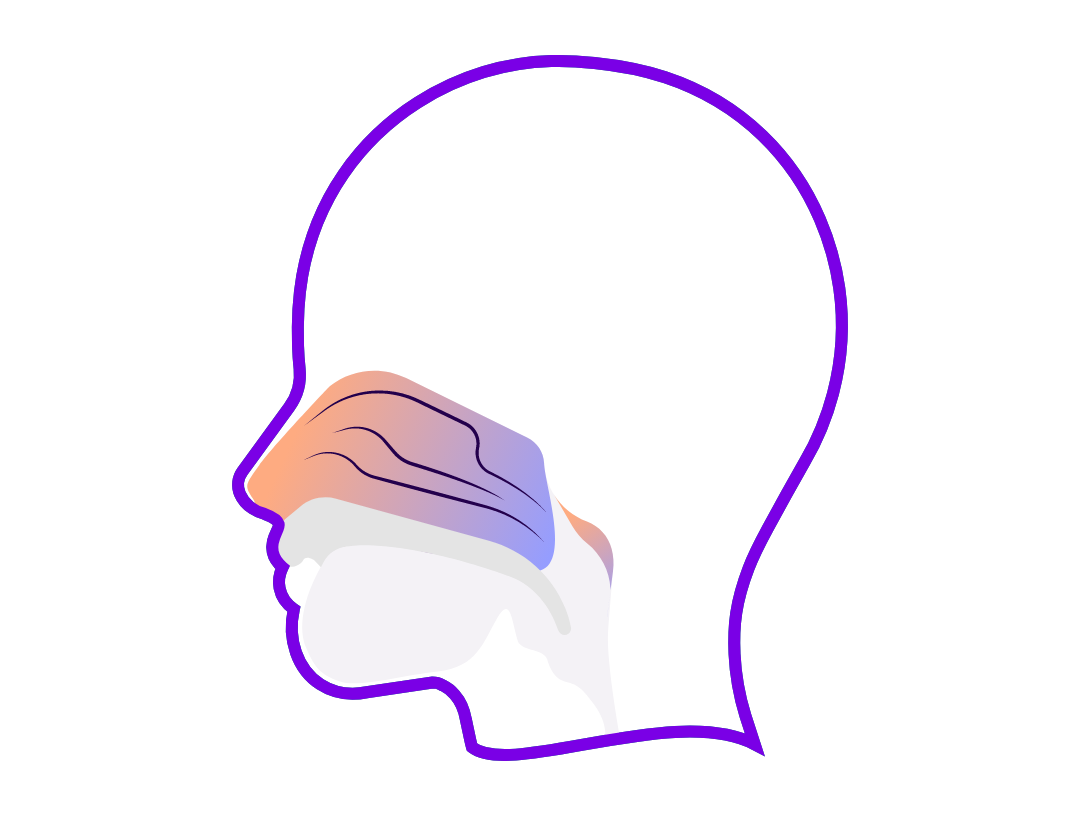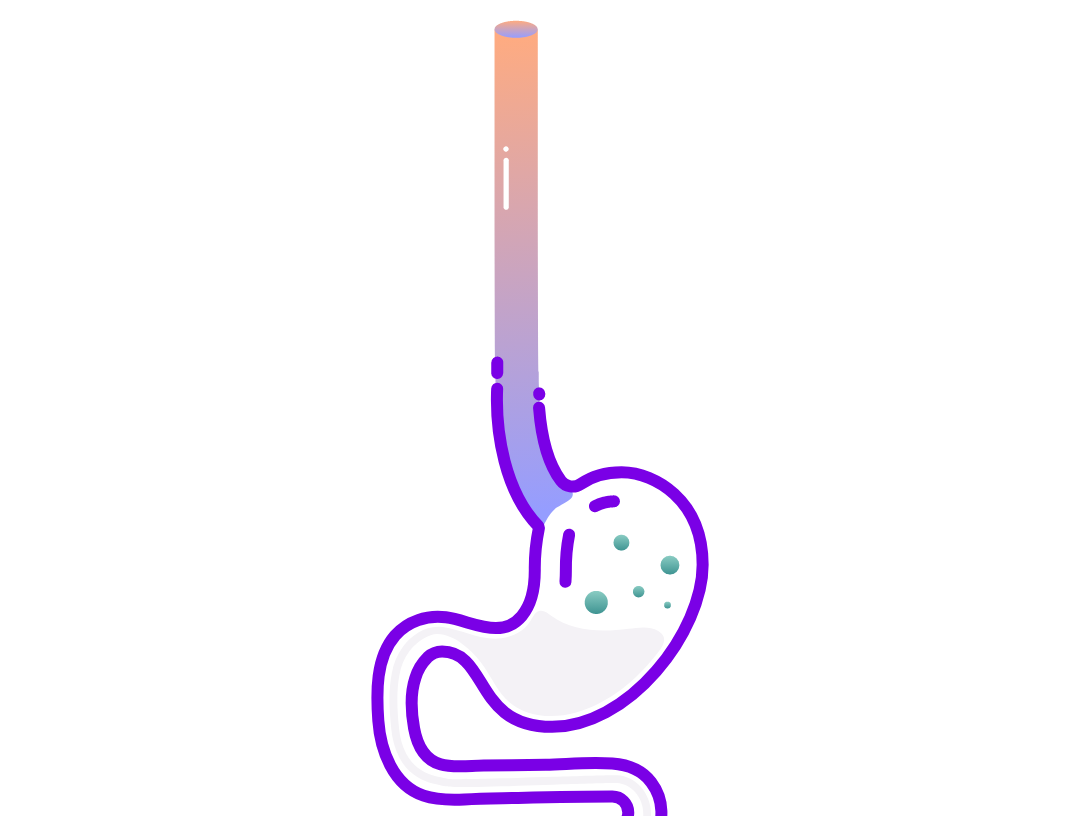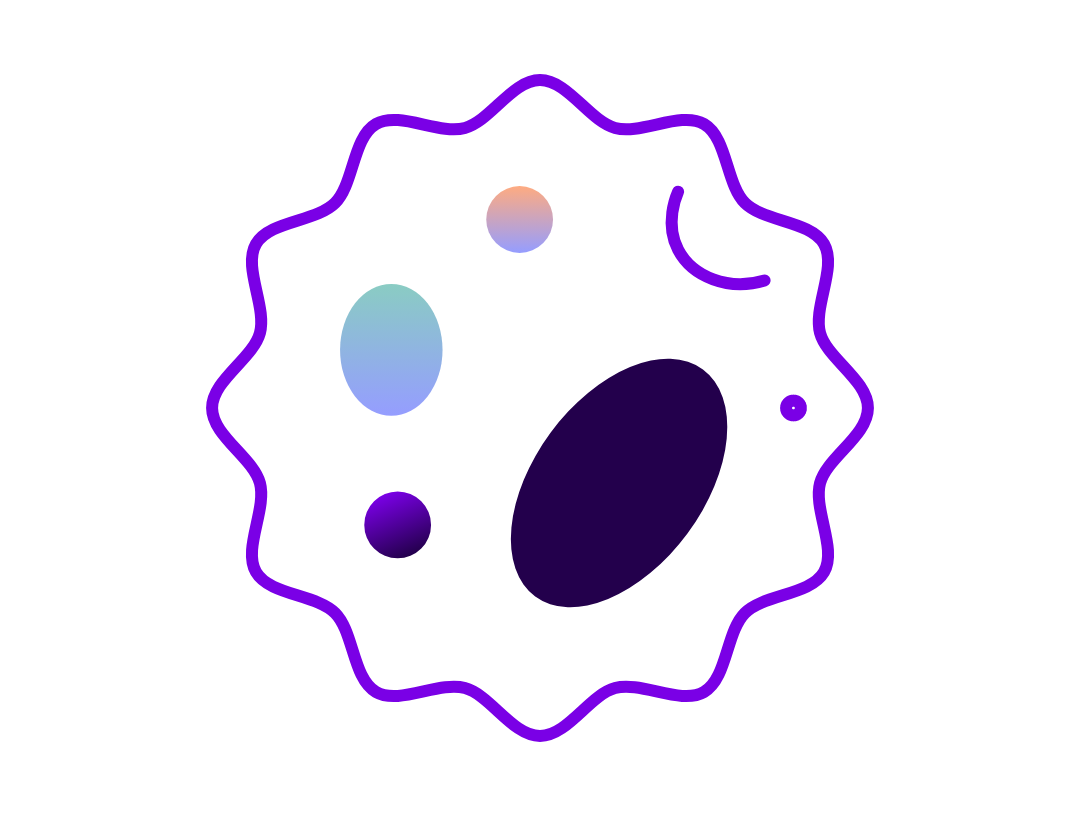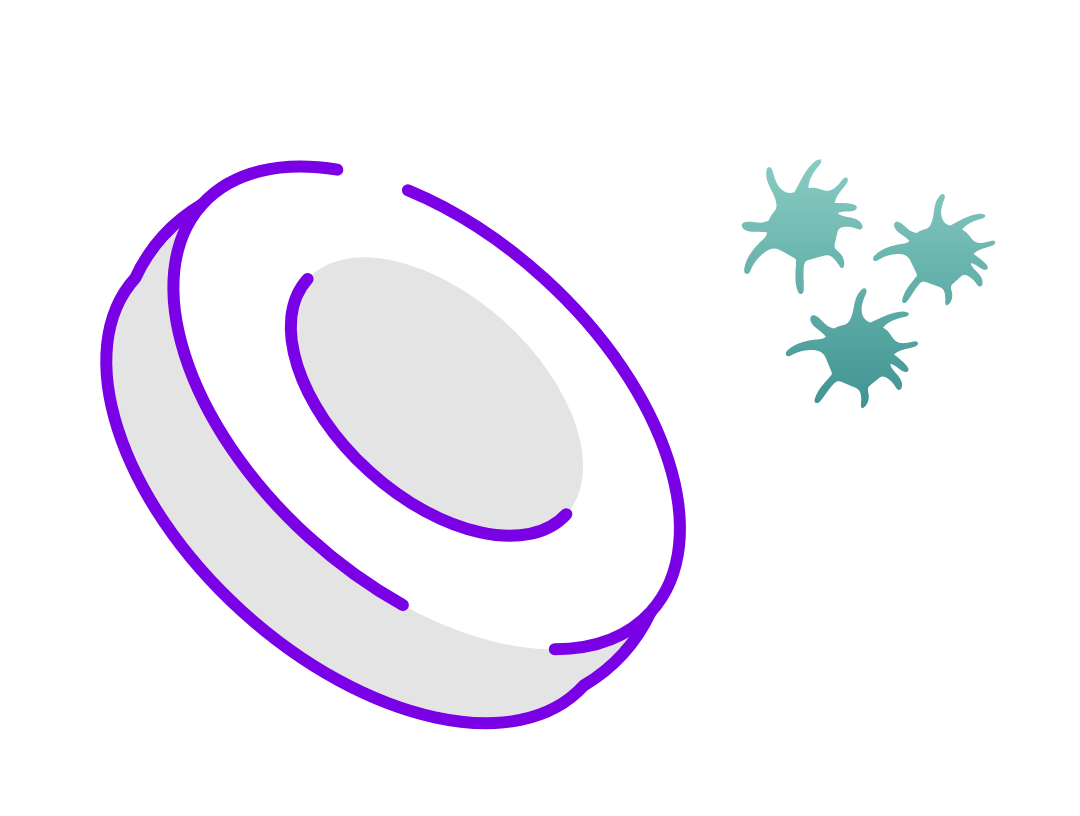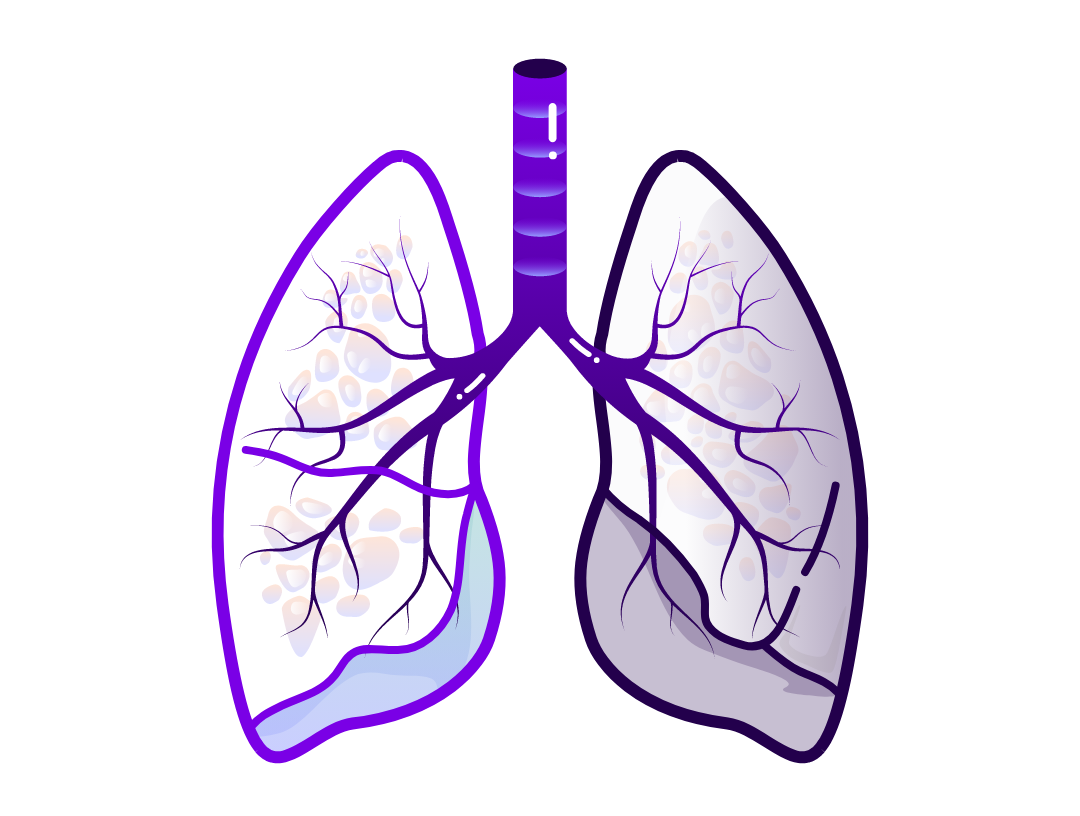
Inflammation and immunology


FDA-approved products: Therapy areas
Explore the proven efficacy and demonstrated safety profile across our portfolio of FDA-approved products targeting:
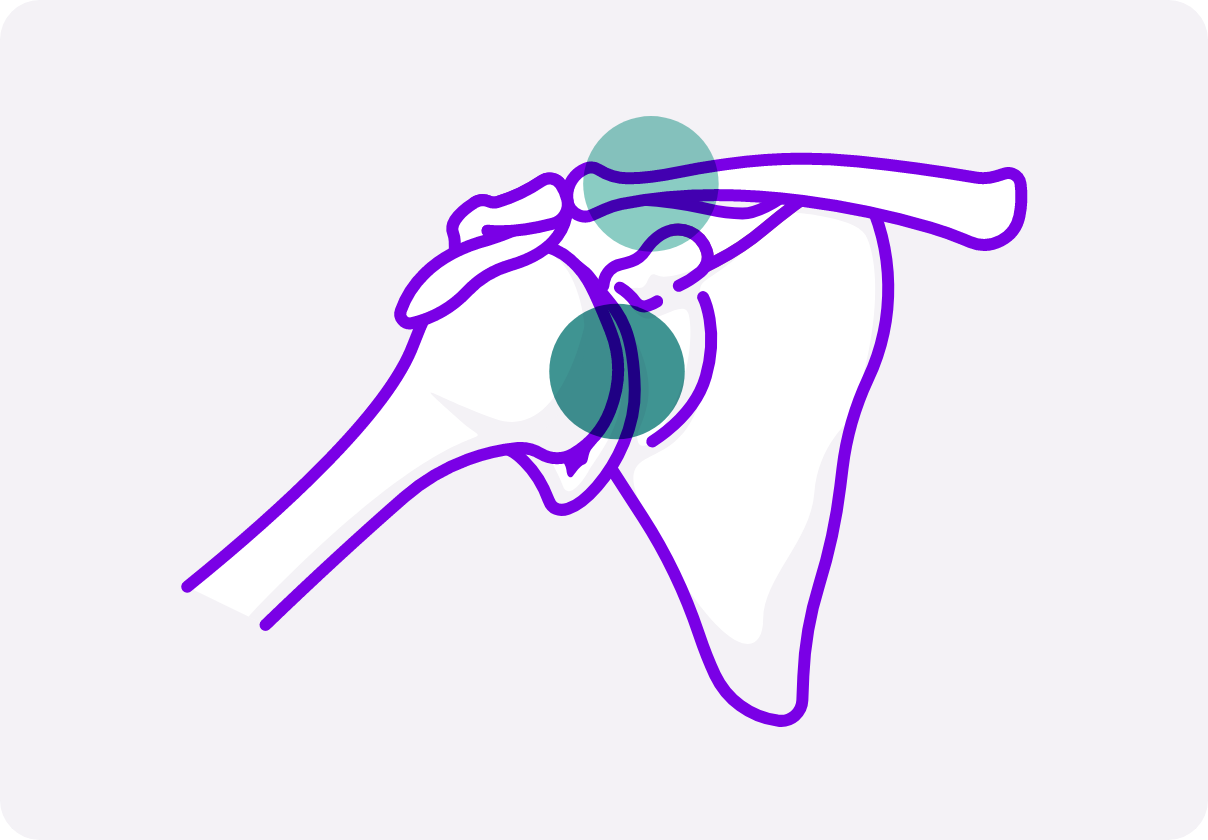
Rheumatic diseases

Type 1 diabetes

Recent scientific advances have revealed that excessive type 2 inflammation—an overactive immune response—plays a key role in various atopic, allergic, and inflammatory diseases1-3


Exclusive, near-term disease spotlight for payers
Pipeline: Therapy areas
Exclusive, near-term disease spotlight for payers
This information is designed to support your early market access decisions.

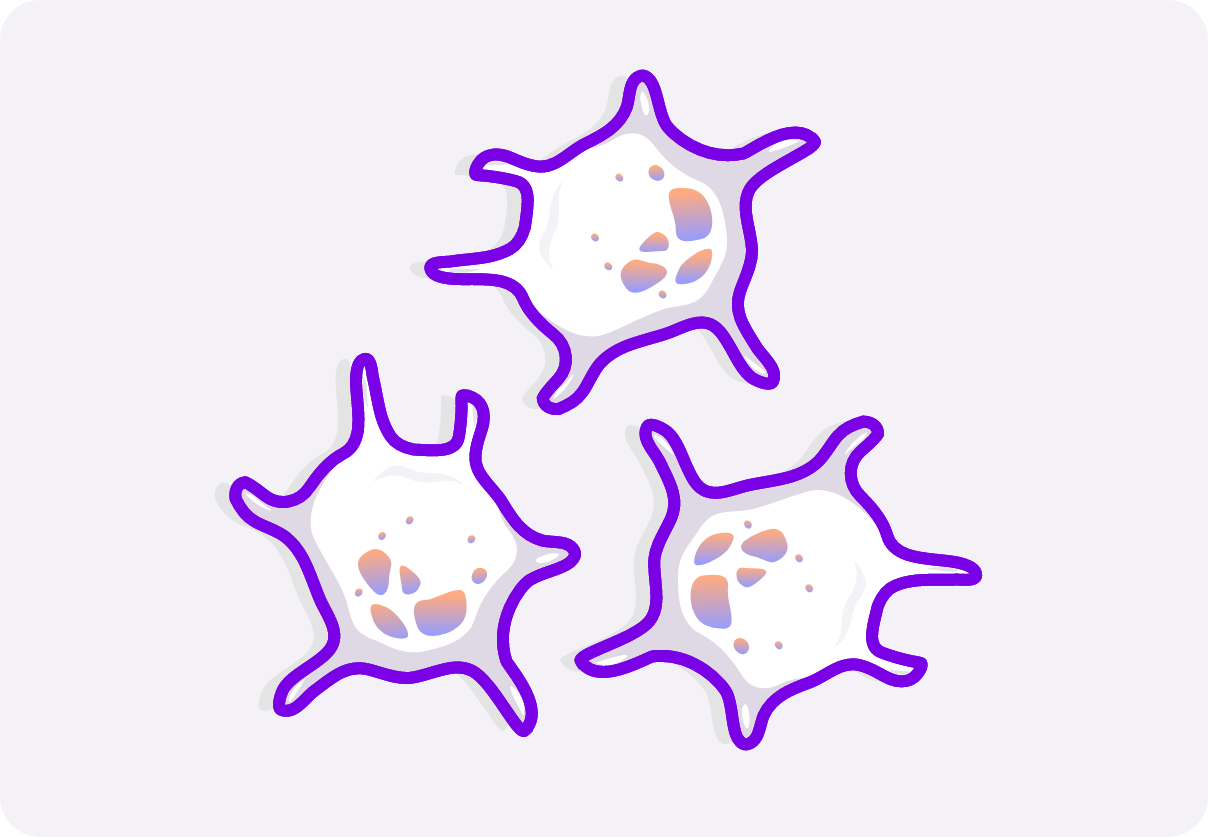
Immune thrombocytopenia

Type 1 diabetes
Explore our ongoing pipeline research investigating:
Skin disorders

Explore more therapeutic areas of focus in our specialty care portfolio
FDA, US Food and Drug Administration; IgG4, immunoglobulin G4.
References: 1. Gandhi NA, Bennett BL, Graham NMH, Pirozzi G, Stahl N, Yancopoulos GD. Targeting key proximal drivers of type 2 inflammation in disease. Nat Rev Drug Discov. 2016;15(1):35–50. doi:10.1038/nrd4624. 2. Carr S, Chan ES, Watson W. Eosinophilic esophagitis. Allergy Asthma Clin Immunol. 2018;14(suppl 2):58. doi:10.1186/s13223-018-0287-0. 3. Steinke JW, Wilson JM. Aspirin-exacerbated respiratory disease: pathophysiological insights and clinical advances. J Asthma Allergy. 2016;9:37–43. doi:10.2147/JAA.S88739. 4. Global Strategy for Asthma Management and Prevention, 2024. Global Initiative for Asthma. Updated 2024. Accessed May 3, 2025. https://ginasthma.org/wp-content/uploads/2024/05/GINA-2024-Strategy-Report-24_05_22_WMS.pdf. 5. Corren J. Role of interleukin-13 in asthma. Curr Allergy Asthma Rep. 2013;13(5):415–420. doi:10.1007/s11882-013-0373-9. 6. Gandhi NA, Pirozzi G, Graham NMH. Commonality of the IL-4/IL-13 pathway in atopic diseases. Expert Rev Clin Immunol. 2017;13(5):425–437. doi:10.1080/1744666X.2017.1298443. 7. Nair MG, Guild KJ, Artis D. Novel effector molecules in type 2 inflammation: lessons drawn from helminth infection and allergy. J Immunol. 2006;177(3):1393–1399. doi:10.4049/jimmunol.177.3.1393. 8. Webb LM, Tait Wojno ED. Notch signaling orchestrates helminth-induced type 2 inflammation. Trends Immunol. 2019;40(6):538–552. doi:10.1016/j.it.2019.04.003. 9. Philpott CM, Erskine S, Hopkins C, et al. Prevalence of asthma, aspirin sensitivity and allergy in chronic rhinosinusitis: data from the UK National Chronic Rhinosinusitis Epidemiology Study. Respir Res. 2018;19(1):129. doi:10.1186/s12931-018-0823-y. 10. Wen RK, Kim YC, Kang MG, et al. Age-related prevalence of chronic rhinosinusitis and nasal polyps and their relationships with asthma onset. Ann Allergy Asthma Immunol. 2018;120(4):389–394. doi:10.1016/j.anai.2018.02.005. 11. Simpson E, Guttman-Yassky E, Margolis DJ, et al. Chronicity, comorbidity and life course impairment in atopic dermatitis: insights from a cross-sectional study in US adults. Poster presented at: 25th European Academy of Dermatology and Venereology (EADV) Congress; September 28–October 2, 2016; Vienna, Austria. 12. Rudmik L, Soler ZM. Medical therapies for adult chronic sinusitis: a systematic review. JAMA. 2015;314(9):926–939. doi:10.1001/jama.2015.7544. 13. Rand CS, Wright RJ, Cabana MD, et al. Mediators of asthma outcomes. J Allergy Clin Immunol. 2012;129(3)(suppl):S136–S141. doi:10.1016/j.jaci.2011.12.987. 14. Stull DE, Roberts L, Frank L, Heithoff K. Relationship of nasal congestion with sleep, mood, and productivity. Curr Med Res Opin. 2007;23(4):811–819. doi:10.1185/030079907X178793. 15. Nordin S, Blomqvist EH, Olsson P, Stjärne P, Ehnhage A. Effects of smell loss on daily life and adopted coping strategies in patients with nasal polyposis with asthma. Acta Otolaryngol. 2011;131(8):826–832. doi:10.3109/00016489.2010.539625. 16. Iskedarjian M, Piwko C, Shear NH, Langley RGB, Einarson TR. Topical calcineurin inhibitors in the treatment of atopic dermatitis: a meta-analysis of clinical evidence. Am J Clin Dermatol. 2004;5(4):267–279. doi:10.2165/00128071-200405040-00006. 17. Martins JC, Martins C, Aoki V, Gois AFT, Ishii HA, da Silva EMK. Topical tacrolimus for atopic dermatitis. Cochrane Database Syst Rev. 2015;2015(7):CD009864. doi:10.1002/14651858.CD009864.pub2. 18. Meggitt SJ, Gray JC, Reynolds NJ. Azathioprine dosed by thiopurine methyltransferase activity for moderate-to-severe atopic eczema: a double-blind, randomized controlled trial. Lancet. 2006;367(9513):839–846. doi:10.1016/S0140-6736(06)68340-2.
This site is intended for US payers only.
© 2025 Sanofi. All rights reserved.




